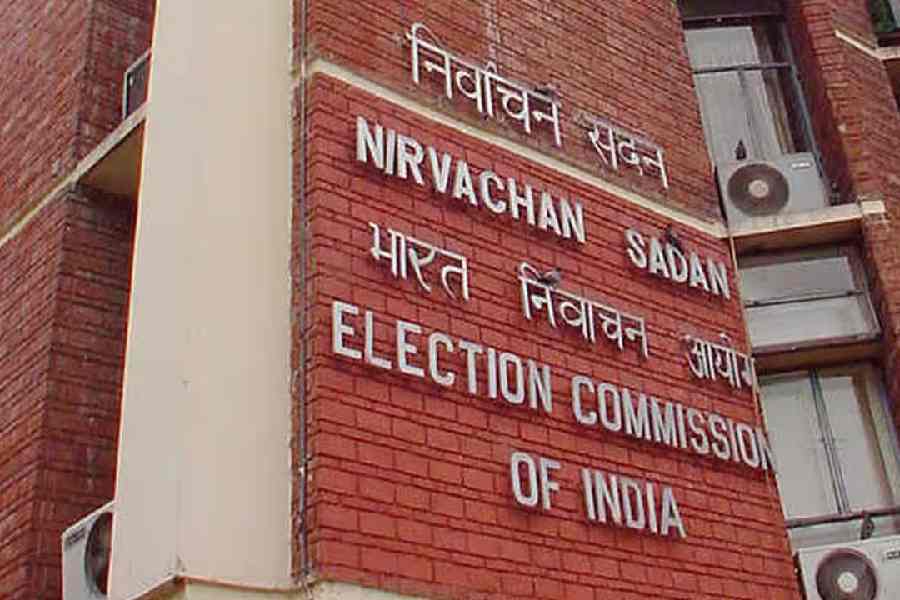The Election Commission of India (EC) on Tuesday issued the Technical Standard Operating Procedure (T-SOP) for checking the circuitry of electronic voting machines (EVMs) as ordered by the Supreme Court in April.
A petitioner in the case that led to the Supreme Court’s order said that the EC’s guidelines merely allow for a mock test of the EVMs by candidates who wish to do so after the results, and do not give candidates the opportunity to check the burnt memory and microcontrollers of the EVMs as the court had ordered.
The EC explained its T-SOP in a letter to chief electoral officers, the two EVM makers and recognised political parties, saying: “There can be varied technical methods to verify the fidelity of a firmware burnt into a microcontroller within confines of a research laboratory or a secured manufacturing environment. Checking and verification of any firmware burnt (fused) into the memory of a microcontroller can be verified in a public process by giving a vast number of random test vectors as inputs and evaluating the intended outcome(s).”
Jagdeep Chhokar, founder member of the Association for Democratic Reforms and petitioner in the plea to the SC, told The Telegraph: “This is not what the SC wanted. This is just a mock poll, which is also done before polls. This is not the verification of the microprocessor or burnt memory.”











